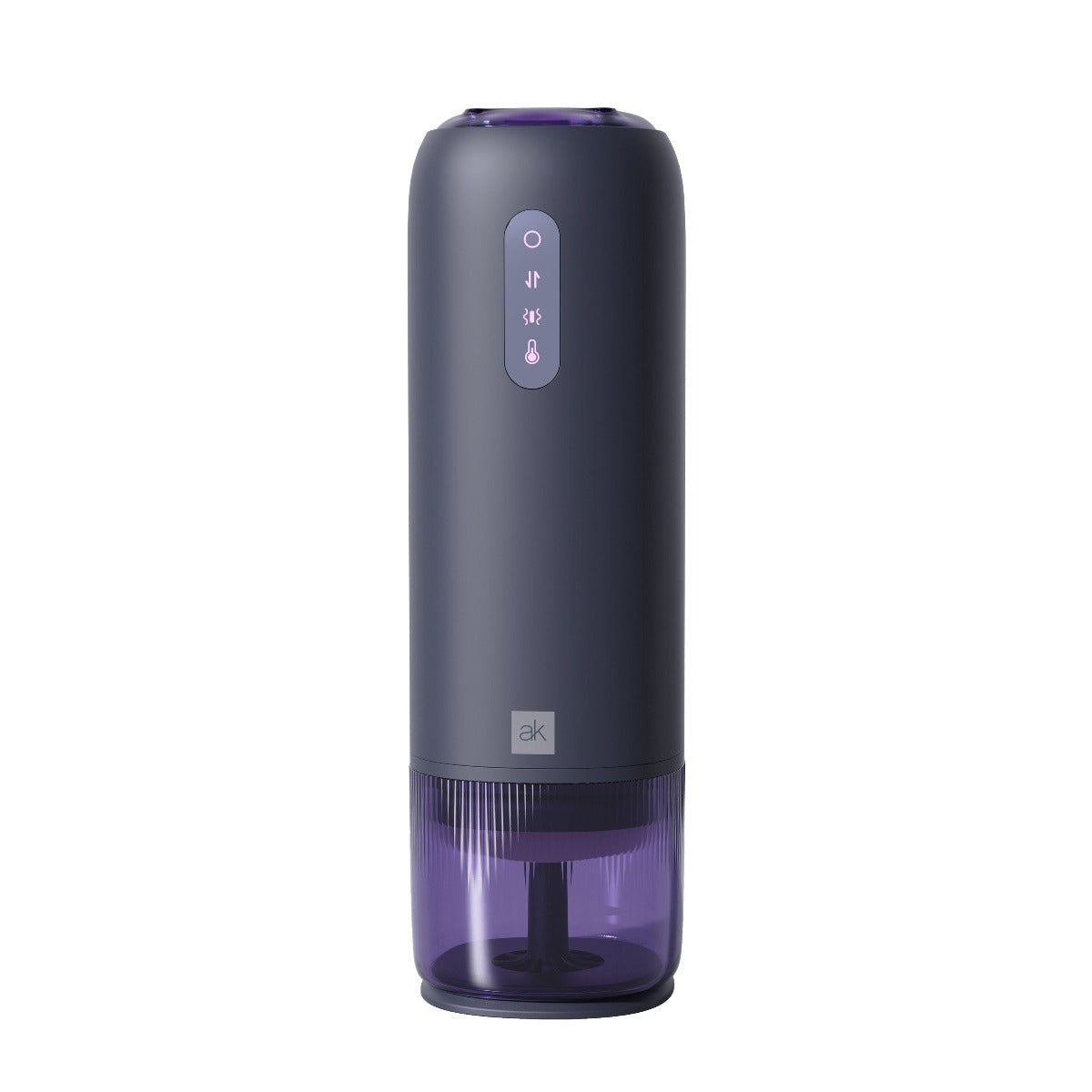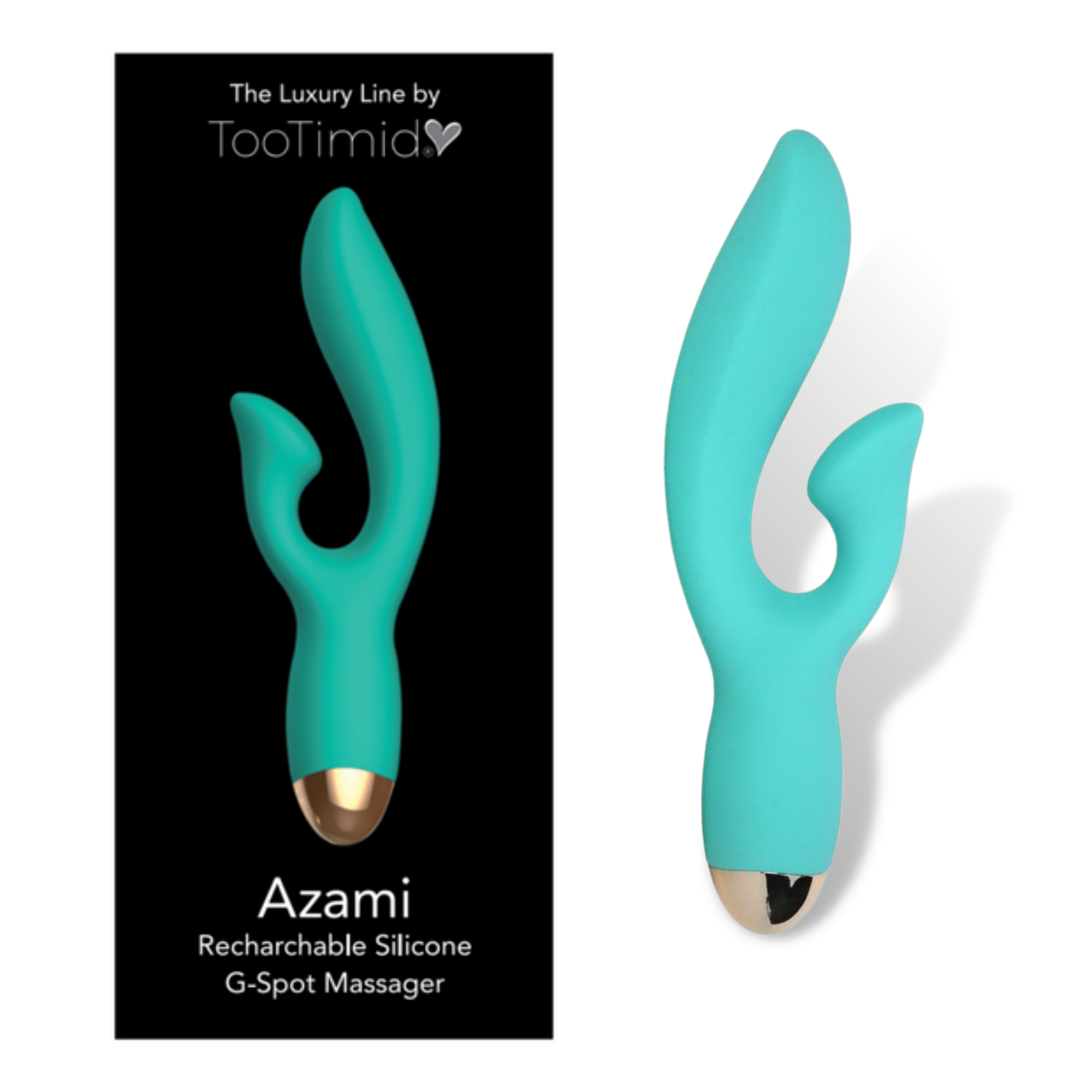The Dangers Of Nonoxynol-9
What is N-9?
Basically, it's a kind of soap. Sperm, like all the cells of your body, have a membrane made of lipid, or fat, surrounding them, and soap is capable of disrupting this membrane and killing the sperm. You can see this principle in action every time you wash the dishes. Fill a greasy pan with water and there's not much you can do to get it clean. Add a bit of soap, however and the grease gets broken up and dispersed. The same thing happens when sperm get swamped with N-9. It breaks up their outer layers and sends them to a watery grave.
The Problem
The issue is that the rest of the cells of your body are also surrounded with a lipid membrane, and N-9, like any other kind of soap, isn't selective. Wash your hands enough with most soaps, and they'll dry out and crack open. Use enough spermicide, or use spermicide too often, and your vagina, or rectum, will become more susceptible to infection. N-9 can not only cause local inflammation, which recruits HIV-susceptible cells to the genital area, it can also damage whole layers of skin, making it easier for viruses such as HIV and Herpes to get into the body.Ironically, in early laboratory studies, N-9 seemed like it would be an effective way to prevent sexually transmitted diseases as well as pregnancy. Because most sexually transmitted disease pathogens are also surrounded by lipid membranes, N-9 is capable of killing them as well. It's a weapon of no discrimination, and so its safety becomes a matter of relative speed and efficiency.
Can N-9 kill off the invaders before it destroys the fort's defenses?
The answer seems to be no. One of the problems with spermicides is getting sufficient coverage to make certain that all the would be invaders, whether they be sperm or sexually transmitted diseases, are destroyed before they can reach their targets. This is one of the reasons why spermicidal foam has such low contraceptive efficacy, only 85% for perfect use*, even though sperm are relatively fragile. The Today Sponge is slightly more effective (but only for women who have never had a child – its efficacy is awful for women who have already given birth,) since it works by two additional methods, absorbing semen and blocking the cervix. However, it also contains enough N-9 to wash a car, an experiment conducted by my former boss, so it's difficult to recommend it for anyone who may be at risk of sexually transmitted diseases.
Many people think of using spermicides with condoms, or with oral contraceptives, as being a belt and suspenders approach to contraception. If one is good, both is even better. However, that's not actually the case. Although the additional risk of infection from using spermicides is relatively low, if you already are using an effective form of contraception, then why would you want to take it on at all? All things considered, unless you're extremely worried about pregnancy and not at all worried about sexually transmitted diseases, if you have a lot of sex you should consider doing so without spermicides.
Solution
If you want to avoid spermicides in your sex life, choose your birth control wisely. Diaphragms, cervical caps, and the Today Sponge may be very convenient, but they expose you to a large amount of spermicide every time you have sex. If you're looking for a non-hormonal form of birth control, consider using condoms. With perfect use they're more effective than any form of non-hormonal contraception except for the IUD. Plus, they reduce your risk of getting a sexually transmitted disease. Then, when buying condoms, purchase unlubricated condoms and separate silicone- or water- based lubricant. This is a good idea anyway since you can never have enough lubricant and purchasing it separately makes it easier to find one that you like.
Table: [Contraceptive Efficacy for Common Non-Hormonal Contraceptives]
|
Contraceptive
|
Perfect-Use Efficacy
|
Typical-Use Efficacy |
|
Spermicide
|
85%
|
71%
|
|
Today Sponge
|
84%
68% |
9% - no children
80% - previous birth |
|
Diaphragm
|
94%
|
84%
|
|
Cervical Cap
|
N/A
|
86%- no children
71%- previous birth |
|
Condom
|
98%
|
85%
|
Note: 85% efficacy means that if 100 women use the method for one year, 85 of them will not get pregnant. All contraceptive efficacy data is from plannedparenthood.org.
Sources: Hillier S. et al. "In Vitro and In Vivo: The Story of Nonoxynol-9." 2005. JAIDS: 39(1):1-8. Gupta, G. "Microbicidal spermicide or spermicidal microbicide?" 2005. Eur J Contr Repro Health Care: 10(4):212–218. Cone, R.A. et al. "Vaginal microbicides: detecting toxicities in vivo that paradoxically increase pathogen transmission" 2006. BMC Infectious Diseases: 6:90












Leave a comment